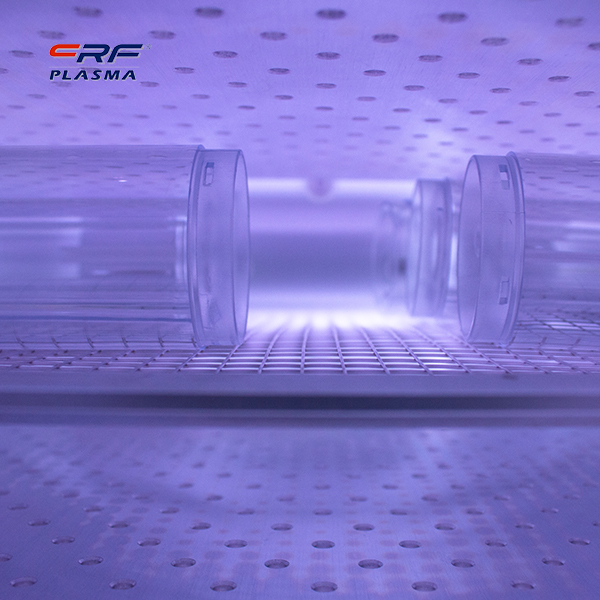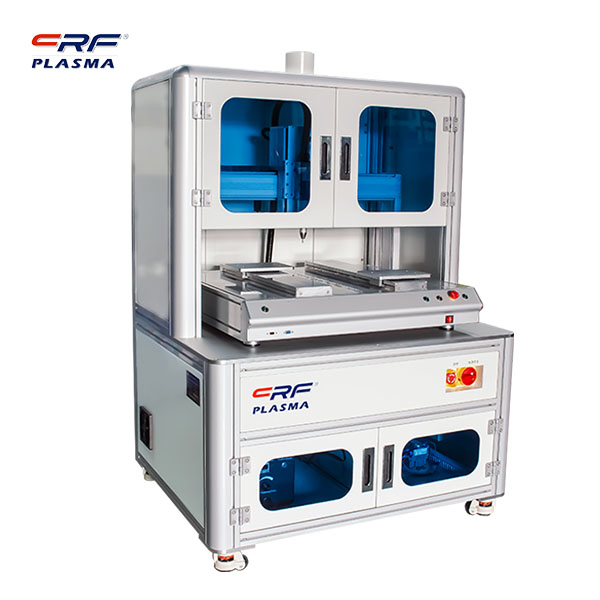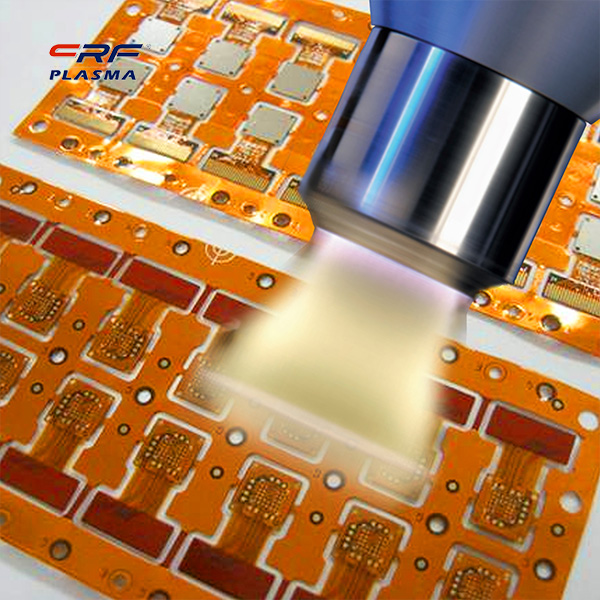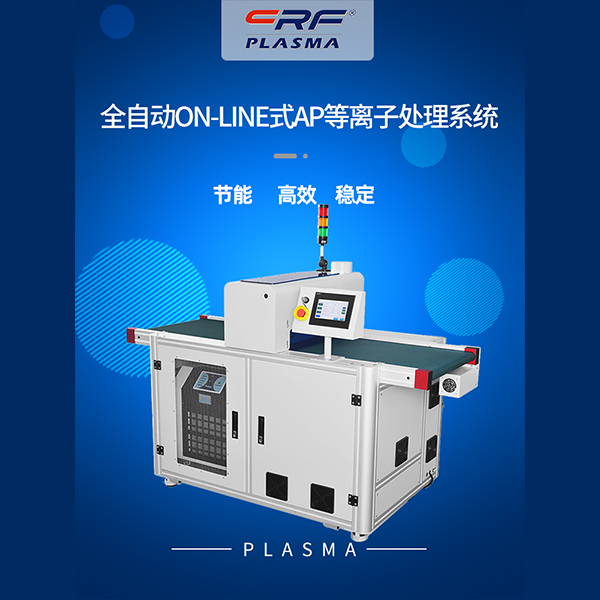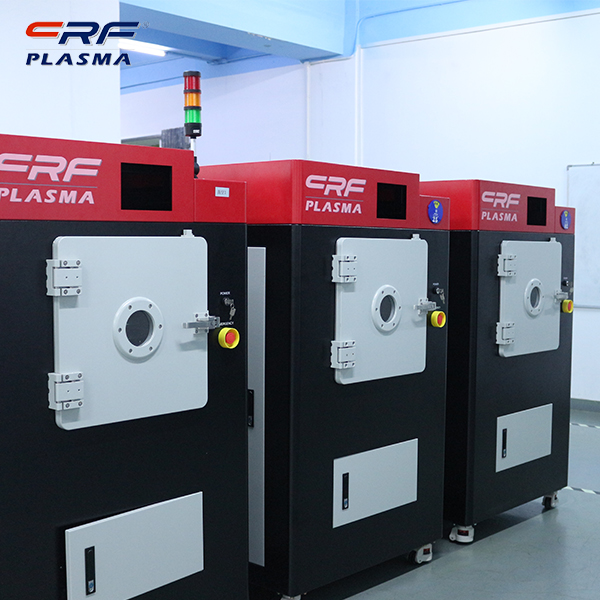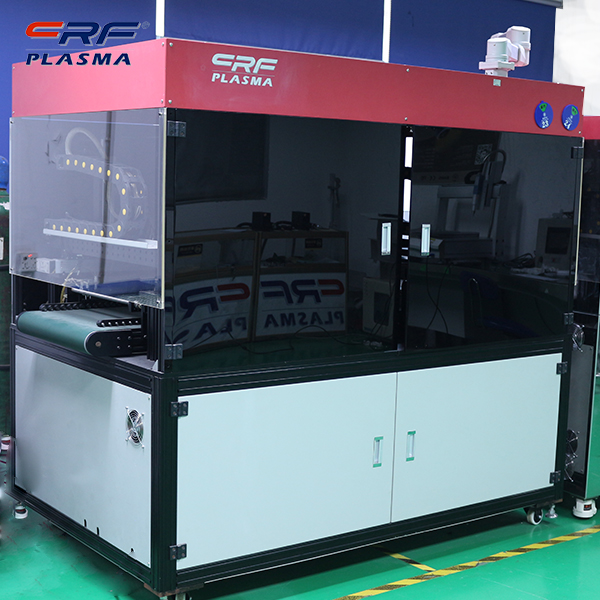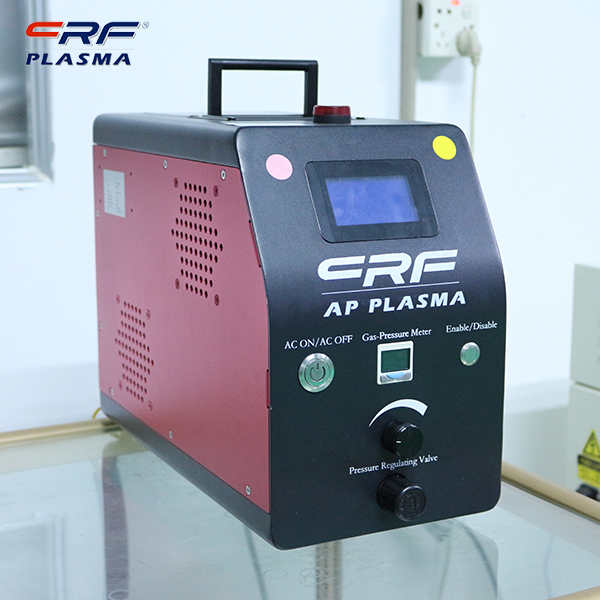
Welcome to Shenzhen Sing Fung Intelligent Manufacturing Co., Ltd.
E-mail:shaobo@sfi-crf.com
The plasma generator power supply chooses different process gas classification and action mechanism
- Categories:Technical Support
- Author:Plasma cleaning machine-CRF plasma plasma equipment-plasma surface treatment machine manufacturer-chengfeng intelligent manufacturing
- Origin:
- Time of issue:2021-12-29
- Views:
(Summary description)The plasma generator power supply chooses different process gas classification and action mechanism: The process gas used by the plasma generator power supply, such as hydrogen, argon, helium and other right and wrong reflective gases. This gas atom cannot directly enter the macromolecular chain on the surface of the macromolecule, but due to the bombardment of the surface by the high-energy particles in the non-reactive gas plasma, energy transfer is performed, and a large number of free radicals are generated. These free radicals pass on the surface. A large number of free radicals are formed on the surface due to the formation of double bonds and cross-linked structures. Therefore, the non-reactive gas plasma forms a thin and thin cross-linked layer through the surface, which not only changes the free energy of the material surface, but also reduces polymerization. Exudation of low-molecular-weight substances (plasticizers, antioxidants, etc.) inside the substance. When the plasma discharge of hydrogen ion plasma generator power supply selects lazy gas for plasma surface treatment, if the processed polymer material itself contains oxygen, the macromolecules will split to produce macromolecular fragments, which enter the plasma and provide oxygen for the plasma system , Will also produce oxygen plasma effect. If the material itself does not contain oxygen, after lazy plasma treatment, new free radicals (with a half-life of up to 2 to 3 days) and the oxygen effect in the air can also cause the combination of oxygen and macromolecular chains. Therefore, inert gas plasma treatment contains In the case of oxygen polymers, cross-linking and etching will occur, and polar groups will be introduced into a tripartite competitive reaction. For oxygen-free polymer materials, oxygen-containing groups will be introduced only after the treatment and the effect of oxygen in the air. Plasma generator power plasma surface treatment refers to the physical and chemical process of non-polymeric gas on the surface of polymer materials during plasma surface treatment. Non-polymerized gases include reactive gas and non-reactive gas. The mechanism of action of different gas classification methods selected by the plasma generator power supply on the surface effect of macromolecules is also different. Plasma generator power supply plasma-induced polymerization refers to polymerization induced by activated particles (molecules) under glow discharge conditions. Free radicals are apparently generated and then combined with monomers. For example, molecular chains are cross-linked or side-linked. Chain grafting, functional group replacement and block polymerization, etc. To use plasma-induced polymerization to form a polymer, the monomer must contain a structure with polymerization energy, such as a double bond, a triple bond, or a ring bond. Plasma state polymerization (PSP) is a process of re-polymerization of particles activated by plasma and deposited on the surface. This polymerization is the process of atoms that occur in the plasma.
The plasma generator power supply chooses different process gas classification and action mechanism
(Summary description)The plasma generator power supply chooses different process gas classification and action mechanism:
The process gas used by the plasma generator power supply, such as hydrogen, argon, helium and other right and wrong reflective gases. This gas atom cannot directly enter the macromolecular chain on the surface of the macromolecule, but due to the bombardment of the surface by the high-energy particles in the non-reactive gas plasma, energy transfer is performed, and a large number of free radicals are generated. These free radicals pass on the surface. A large number of free radicals are formed on the surface due to the formation of double bonds and cross-linked structures. Therefore, the non-reactive gas plasma forms a thin and thin cross-linked layer through the surface, which not only changes the free energy of the material surface, but also reduces polymerization. Exudation of low-molecular-weight substances (plasticizers, antioxidants, etc.) inside the substance.
When the plasma discharge of hydrogen ion plasma generator power supply selects lazy gas for plasma surface treatment, if the processed polymer material itself contains oxygen, the macromolecules will split to produce macromolecular fragments, which enter the plasma and provide oxygen for the plasma system , Will also produce oxygen plasma effect. If the material itself does not contain oxygen, after lazy plasma treatment, new free radicals (with a half-life of up to 2 to 3 days) and the oxygen effect in the air can also cause the combination of oxygen and macromolecular chains. Therefore, inert gas plasma treatment contains In the case of oxygen polymers, cross-linking and etching will occur, and polar groups will be introduced into a tripartite competitive reaction. For oxygen-free polymer materials, oxygen-containing groups will be introduced only after the treatment and the effect of oxygen in the air.
Plasma generator power plasma surface treatment refers to the physical and chemical process of non-polymeric gas on the surface of polymer materials during plasma surface treatment. Non-polymerized gases include reactive gas and non-reactive gas. The mechanism of action of different gas classification methods selected by the plasma generator power supply on the surface effect of macromolecules is also different.
Plasma generator power supply plasma-induced polymerization refers to polymerization induced by activated particles (molecules) under glow discharge conditions. Free radicals are apparently generated and then combined with monomers. For example, molecular chains are cross-linked or side-linked. Chain grafting, functional group replacement and block polymerization, etc. To use plasma-induced polymerization to form a polymer, the monomer must contain a structure with polymerization energy, such as a double bond, a triple bond, or a ring bond. Plasma state polymerization (PSP) is a process of re-polymerization of particles activated by plasma and deposited on the surface. This polymerization is the process of atoms that occur in the plasma.
- Categories:Technical Support
- Author:Plasma cleaning machine-CRF plasma plasma equipment-plasma surface treatment machine manufacturer-chengfeng intelligent manufacturing
- Origin:
- Time of issue:2021-12-29 19:55
- Views:
The plasma generator power supply chooses different process gas classification and action mechanism:
The process gas used by the plasma generator power supply, such as hydrogen, argon, helium and other right and wrong reflective gases. This gas atom cannot directly enter the macromolecular chain on the surface of the macromolecule, but due to the bombardment of the surface by the high-energy particles in the non-reactive gas plasma, energy transfer is performed, and a large number of free radicals are generated. These free radicals pass on the surface. A large number of free radicals are formed on the surface due to the formation of double bonds and cross-linked structures. Therefore, the non-reactive gas plasma forms a thin and thin cross-linked layer through the surface, which not only changes the free energy of the material surface, but also reduces polymerization. Exudation of low-molecular-weight substances (plasticizers, antioxidants, etc.) inside the substance.
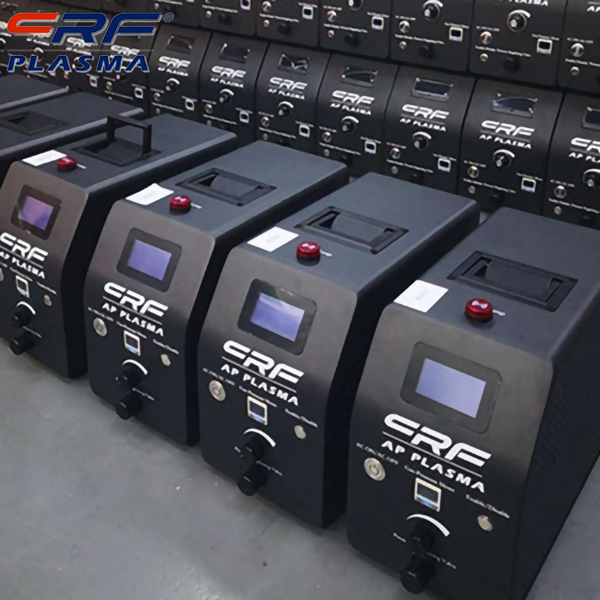 When the plasma discharge of hydrogen ion plasma generator power supply selects lazy gas for plasma surface treatment, if the processed polymer material itself contains oxygen, the macromolecules will split to produce macromolecular fragments, which enter the plasma and provide oxygen for the plasma system , Will also produce oxygen plasma effect. If the material itself does not contain oxygen, after lazy plasma treatment, new free radicals (with a half-life of up to 2 to 3 days) and the oxygen effect in the air can also cause the combination of oxygen and macromolecular chains. Therefore, inert gas plasma treatment contains In the case of oxygen polymers, cross-linking and etching will occur, and polar groups will be introduced into a tripartite competitive reaction. For oxygen-free polymer materials, oxygen-containing groups will be introduced only after the treatment and the effect of oxygen in the air.
When the plasma discharge of hydrogen ion plasma generator power supply selects lazy gas for plasma surface treatment, if the processed polymer material itself contains oxygen, the macromolecules will split to produce macromolecular fragments, which enter the plasma and provide oxygen for the plasma system , Will also produce oxygen plasma effect. If the material itself does not contain oxygen, after lazy plasma treatment, new free radicals (with a half-life of up to 2 to 3 days) and the oxygen effect in the air can also cause the combination of oxygen and macromolecular chains. Therefore, inert gas plasma treatment contains In the case of oxygen polymers, cross-linking and etching will occur, and polar groups will be introduced into a tripartite competitive reaction. For oxygen-free polymer materials, oxygen-containing groups will be introduced only after the treatment and the effect of oxygen in the air.
Plasma generator power plasma surface treatment refers to the physical and chemical process of non-polymeric gas on the surface of polymer materials during plasma surface treatment. Non-polymerized gases include reactive gas and non-reactive gas. The mechanism of action of different gas classification methods selected by the plasma generator power supply on the surface effect of macromolecules is also different.
Plasma generator power supply plasma-induced polymerization refers to polymerization induced by activated particles (molecules) under glow discharge conditions. Free radicals are apparently generated and then combined with monomers. For example, molecular chains are cross-linked or side-linked. Chain grafting, functional group replacement and block polymerization, etc. To use plasma-induced polymerization to form a polymer, the monomer must contain a structure with polymerization energy, such as a double bond, a triple bond, or a ring bond. Plasma state polymerization (PSP) is a process of re-polymerization of particles activated by plasma and deposited on the surface. This polymerization is the process of atoms that occur in the plasma.
Scan the QR code to read on your phone

TEL:0755-3367 3020 / 0755-3367 3019

E-mail:sales-sfi@sfi-crf.com

ADD:Mabao Industrial Zone, Huangpu, Baoan District, Shenzhen




